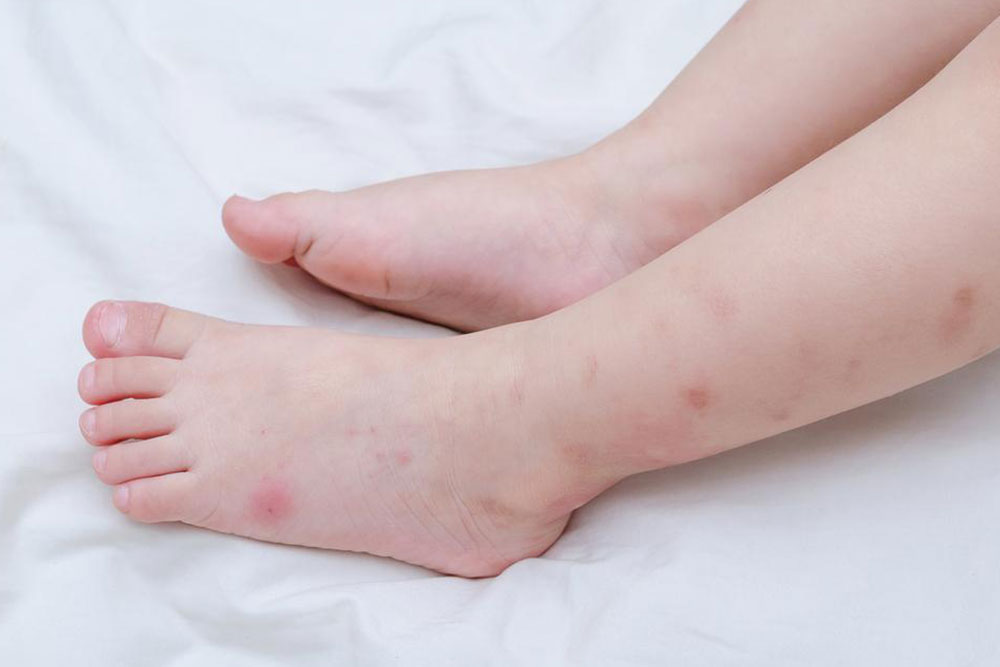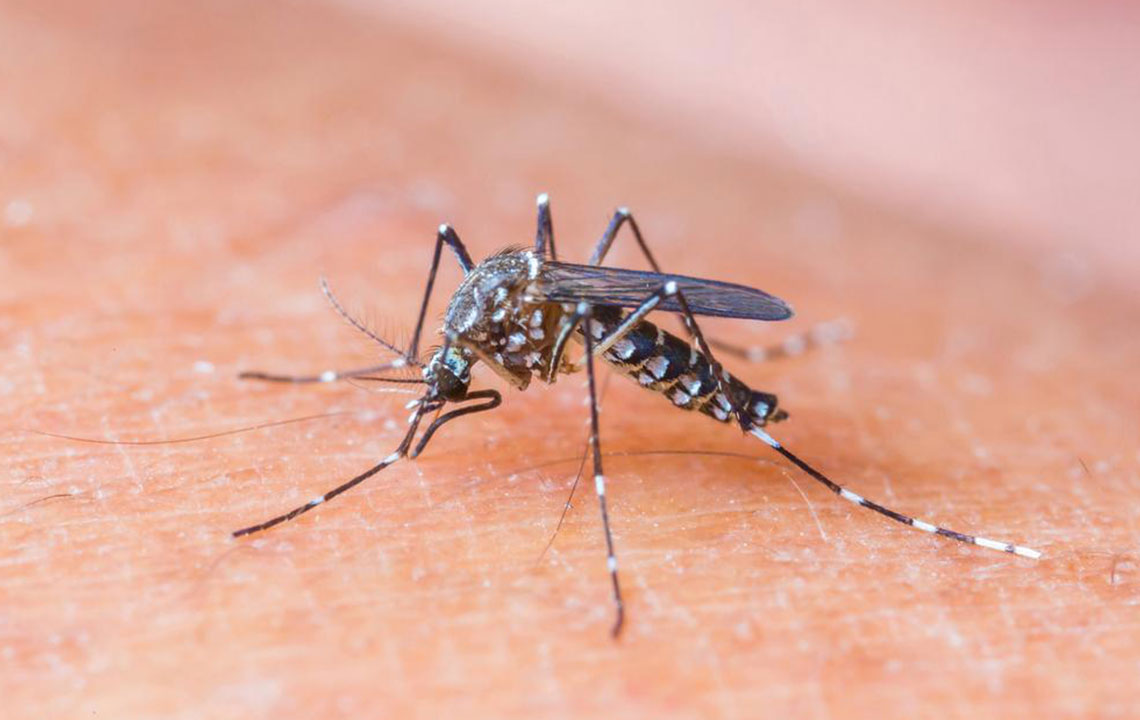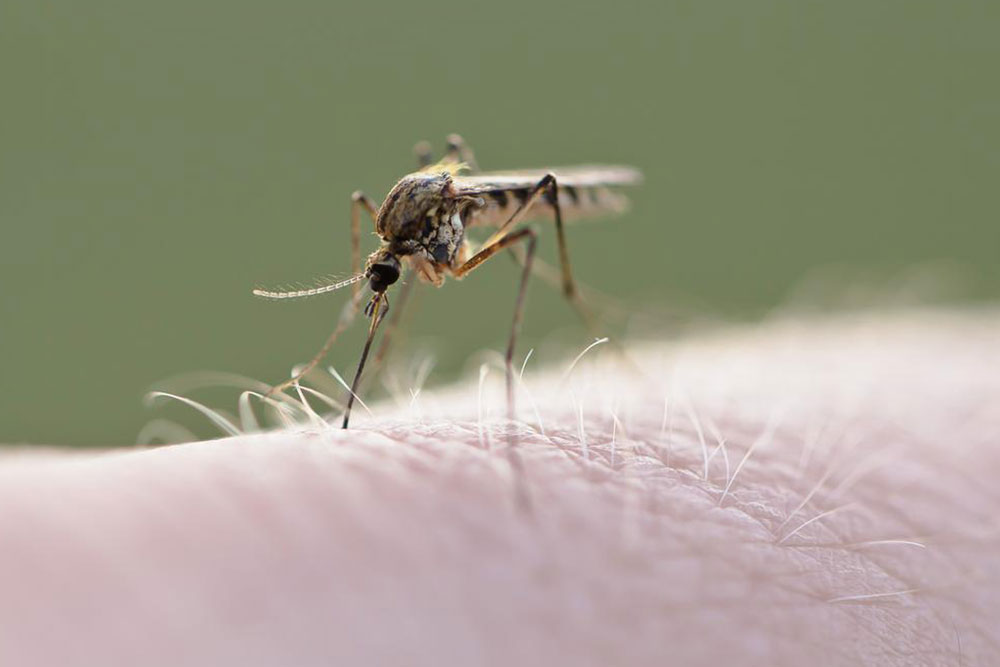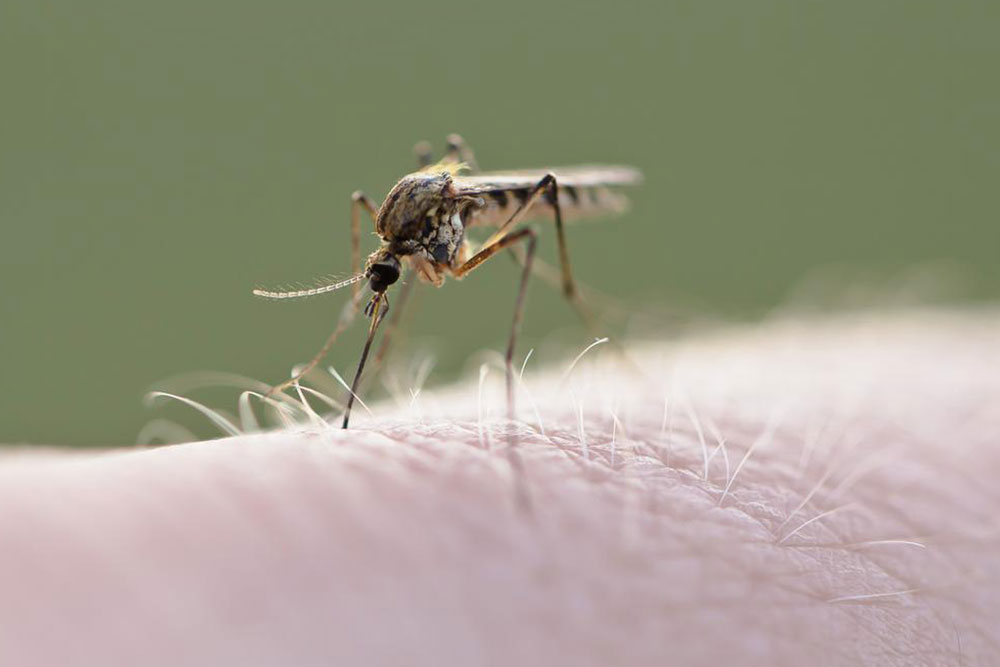Quick Guide to Identifying Common Insect Bites
Learn how to quickly identify common insect bites like spider bites, ticks, bed bugs, and fire ants. Recognizing the signs early helps in timely treatment and prevents complications. This guide offers practical tips and visual clues for effective identification and care.

Quick Guide to Identifying Common Insect Bites
Insect bites can be highly irritating, causing itchy and burning sensations on the skin. They often result in visible rashes, bumps, or blisters, which can be unattractive. Promptly recognizing these bites and applying the correct treatment is essential to prevent further discomfort or infection. Immediate first aid or seeking medical help can also reduce the risk of complications and severe symptoms. Recognizing the characteristics of different insect bites helps in effective treatment and relief.
If you’re unsure which insect caused the bite, understanding the typical signs can assist in identification and choosing the right care.
Brown Recluse Spider: Often found in closets and attics, their bites can cause severe reactions due to toxic venom. Look for a reddish skin area immediately after the bite that develops into painful white blisters, sometimes forming ulcers.
Ticks: Typically outdoor pests, ticks attach to skin and bite. While usually harmless, some can transmit Lyme disease or Rocky Mountain spotted fever. Symptoms include circular skin rashes, fever, fatigue, and headaches.
Black Widow Spider: Found near woodpiles and tree stumps, their bites are venomous. Signs include red fang marks, a red tender bump, nausea, muscle cramps, and increased blood pressure. Seek immediate medical attention if bitten.
Bed Bugs: Bed bug bites appear as itchy red bumps in clusters or lines. Visual cues include swollen red areas with dark centers, and online images can help confirm the suspicion.
Fire Ants: Usually outdoor insects, they bite when provoked, causing bites that sting and become toxic. Symptoms include red, itchy lesions, burning sensations, and sometimes pus-filled blisters.










